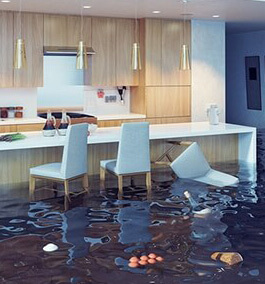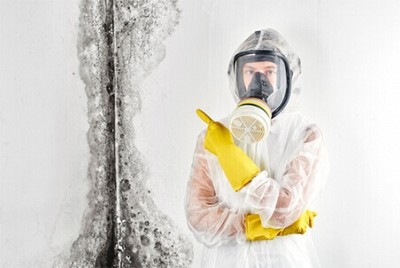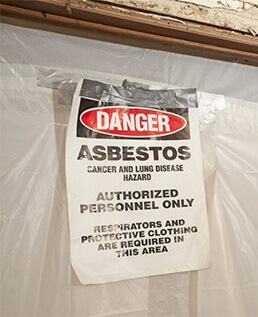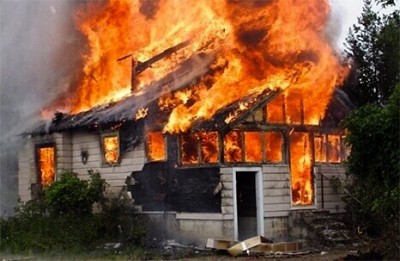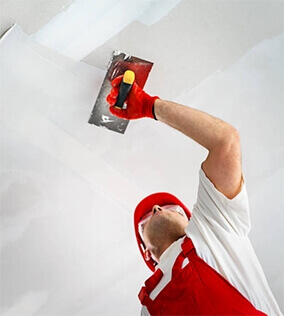Do You Need White Mold Removal in Toronto?
Posted in Mold Removal, on February 02, 2022
Mold is one of the many categories of fungi that exists in various species all around us. Some may be harmless, while others are more severe. When it infiltrates the home, mold of all kinds pose a problem to property owners who are looking to maintain a healthy and welcoming environment. However, in most cases, most people don’t realize they need mold removal in Toronto until the infestation becomes severe. Mold testing services in Toronto can help property owners identify outbreaks early and minimize damage.
The easiest way to identify mold is empirically – its odour and the dark green, grey or black staining around your property are the most common indicators that you’re in need of mold removal in Toronto. If you've identified these signs or if your property has recently suffered from water damage, contact Canada's Restoration Services for mold testing services in Toronto.
In some cases, a mold outbreak can stray from the typical characteristics, making it more difficult for property owners to intercept without help from local mold testing services in Toronto. White mold is one example of this. Read on to determine if white mold is a threat to your property and air quality.
What Is White Mold?
.png) White mold encompasses different types of species of mold that can grow on your property. The mold itself is not a specific type of mold – it’s a general term used to describe molds that appear white. The most common species under this umbrella term are Penicillium, Aspergillus and Cladosporium. However, these same molds can also have different tints, such as green, gray or black.
White mold encompasses different types of species of mold that can grow on your property. The mold itself is not a specific type of mold – it’s a general term used to describe molds that appear white. The most common species under this umbrella term are Penicillium, Aspergillus and Cladosporium. However, these same molds can also have different tints, such as green, gray or black.
White mold often appears in a powdery texture, and it can be hard to determine if it actually is mold because it can effectively blend in with the substance or material it is growing on. While some molds may change colour after producing spores, many can remain white no matter how much time has passed because their spores have not undergone pigmentation. Since molds can change appearance, it’s recommended that before interacting with it, you instead seek the assistance of mold testing services in Toronto.
Why Get White Mold Removal in Toronto?
Moisture and high humidity environments fuel white mold growth. In most cases of attic mold, humidity is the culprit, leading to the emergence of white mold over time. You may even find it in your property’s crawlspace, as any exposed soil can lead to white mold growth in a wet climate. It can also infest wood or drywall, which can lead to rotting in the porous surface.
Any type of mold is dangerous and can lead to severe health risks. The most common symptoms associated with exposure to white mold include nausea, dizziness, headaches, allergic reactions, eye irritations, respiratory infections and even depression.
White mold is often confused with mildew, since it can also have a white appearance. But other than plants, mildew will rarely grow on a surface and will not destroy the material it is growing on – that is, if it does grow on a material at all. White mold, on the other hand, will penetrate the surface of porous materials – such as drywall or wood – and ruin them. As white mold isn’t easily identifiable or distinguishable as a mold, it’s recommended that you consult with a professional in mold testing services in Toronto at Canada’s Restoration Services to get mold removal in Toronto done on your property.
Mold Testing Services in Toronto
If you fear or suspect that white mold is infecting your property, contact an expert at Canada’s Restoration Services immediately, especially if you’ve experienced water damage on your property within the last 24 to 48 hours.
Our service in mold removal in Toronto begins with a comprehensive inspection of your property. We assess mold-friendly spaces – attics, basements and kitchens – to determine the cause of the outbreak and its scope. Our mold testing services in Toronto will take samples of the mold, which will then be tested by a third party lab. This analysis will also determine what the mold remediation will look like.


